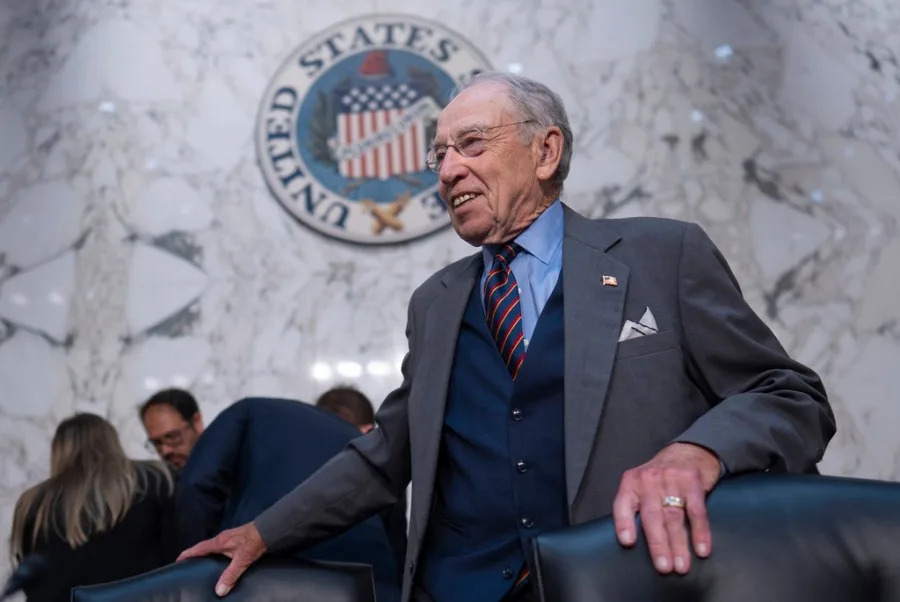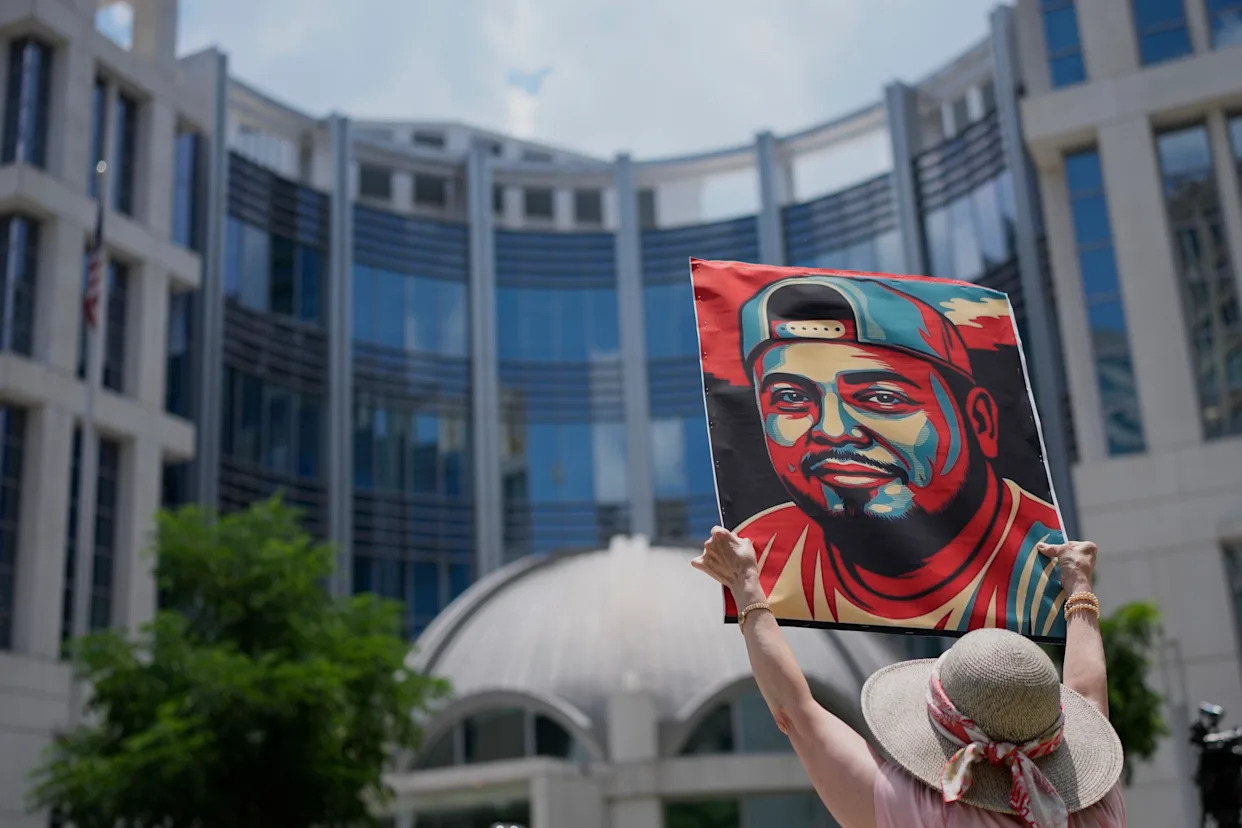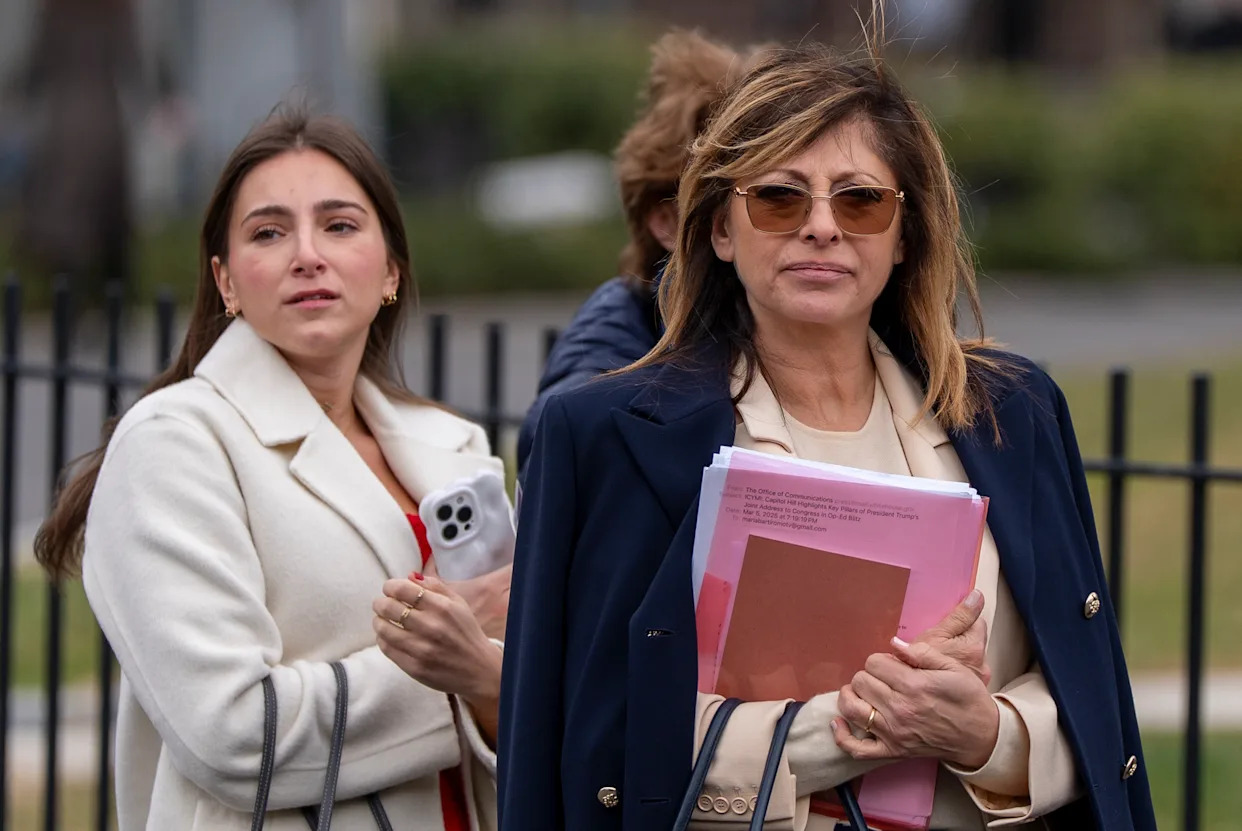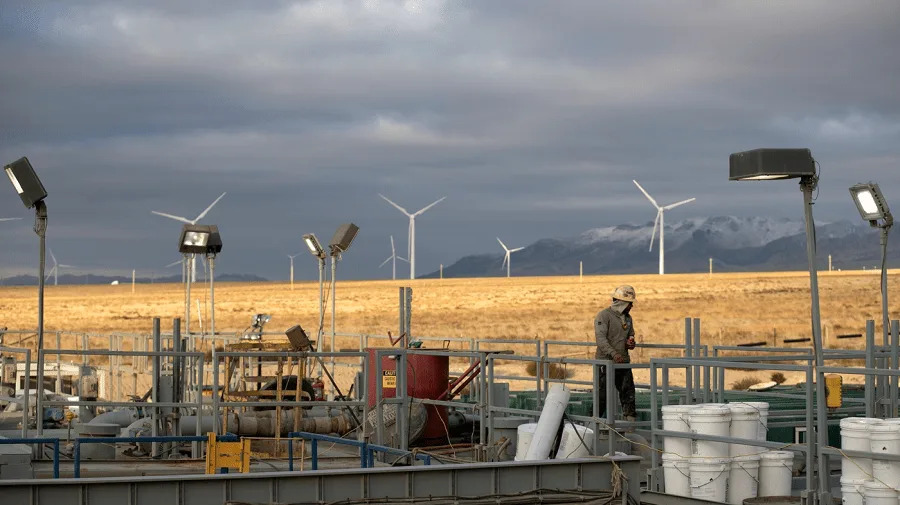
The recent flare-up between President Trump and Senate Judiciary Committee Chairman Chuck Grassley (R-Iowa) conjures the image of two elderly neighbors quarrelling over a back fence about property line disagreements.
That metaphor is not far from the reality of the latest clash. Presidents and Congress have been tangling over turf from the beginning of the republic. Who is encroaching on whose constitutional prerogatives.
In the present instance, the president has attacked Grassley for allowing so-called “blue slips” — “an ancient and probably unconstitutional custom” — to get in the way of confirming nominees for federal district court judgeships and U.S. attorney posts.
Grassley says he was especially “offended” and “disappointed” by the president’s personal insults on his Truth Social platform. He called Grassley a RINO (“Republican in name only”) for protecting Democratic senators and went on to call for term limits (Grassley was first elected to the Senate in 1981 and is 91 years old), saying it’s time to “dethrone the kings.”
Fellow senators of both parties rallied to Grassley’s defense. They like the seniority system (especially the closer they get to a committee chairmanship). They like the blue-slip system when it comes to confirming judicial nominees from their home states. And they dislike it when a president meddles in their chamber’s internal rules and procedures since, as the Constitution makes clear, “Each house may determine the rules of its proceedings.”
What is a blue slip? It is a document, written on blue paper, on which the home state senators of presidential nominees for federal district court judgeships and U.S. attorney positions indicate their approval or disapproval of those nominees. In other words, only two senators are eligible to submit blue slips for each nominee.
The blue slip process is not written in Senate rules or even in the rules of the Senate Judiciary Committee. Instead of a rule, it has been variously described as a “custom” or “tradition.” The Judiciary Committee chairmen set the ground rules for the confirmation process in each Congress. The president was correct when he said Chairman Grassley could abolish the blue slip requirements with “just a flick of the pen.” In 2017, for instance, Judiciary Chairman Grassley declared that blue slips would no longer be required for appeals court judgeships, and that is still the case.
The committee has gone through multiple iterations of the custom dating back to 1917. In many of those instances, the lack of both senators’ approval would be taken into consideration by the committee in determining whether to proceed with confirmation hearings and whether to vote on sending the nomination to the Senate floor for debate and a vote. As it now stands, a covered nominee must have blue slip approvals from both senators for the nomination to move forward in committee, though a Judiciary Committee chair may declare an exception for any reason on any occasion — that was done twice during Joe Biden’s tenure as Senate Judiciary Committee chairman.
The president, in his attack on Grassley in July, incorrectly stated that presidents would never be able to appoint judges in liberal strongholds if even one senator in the opposition party refuses to submit a blue slip of approval. In fact, only the two senators from the home state of the judicial nominee may do so.
Still, the president is understandably peeved that his judicial and executive nominees are taking too long to be confirmed. President Trump set two confirmation process records during the first 200 days of his second non-consecutive term. According to Chris Piper of Brookings, based on data compiled by his colleague Kathryn Dunn Tenpas, Trump submitted more executive and judicial nominations over that period (401) than any previous president.
The second record he set, though, was that he faced more confirmation delays than any of his predecessors. Piper offers several explanations for the current delays, most notably that Senate Democrats are slow-walking nominations because they are not satisfied with their quality. Senate Minority Leader Chuck Schumer (D-N.Y.) attributes it to the nominees’ lack of experience, ethical conflicts of interest and perceived extreme views. Consequently, Senate Democrats are demanding full debates and recorded votes on nearly every nominee, both in committee and on the floor.
When Trump demanded that Majority Leader John Thune (R-S.D.) cancel the August recess and keep the Senate in session until all pending nominations were dealt with, Thune extended the session by one day only and was able to clear the docket of several of the longstanding and most controversial nominees.
It is doubtful that confirmations will pick up significantly in the fall, with critical budget-related deadlines once again pressing. The flurry of negative blue slips may still resemble record snowfalls by winter.
Don Wolfensberger is a 28-year congressional staff veteran, culminating as the House Rules Committee chief of staff in 1995. He is author of, “Congress and the People: Deliberative Democracy on Trial” (2000), and, “Changing Cultures in Congress: From Fair Play to Power Plays” (2018).
Copyright 2025 Nexstar Media, Inc. All rights reserved. This material may not be published, broadcast, rewritten, or redistributed.
For the latest news, weather, sports, and streaming video, head to The Hill.







Comments